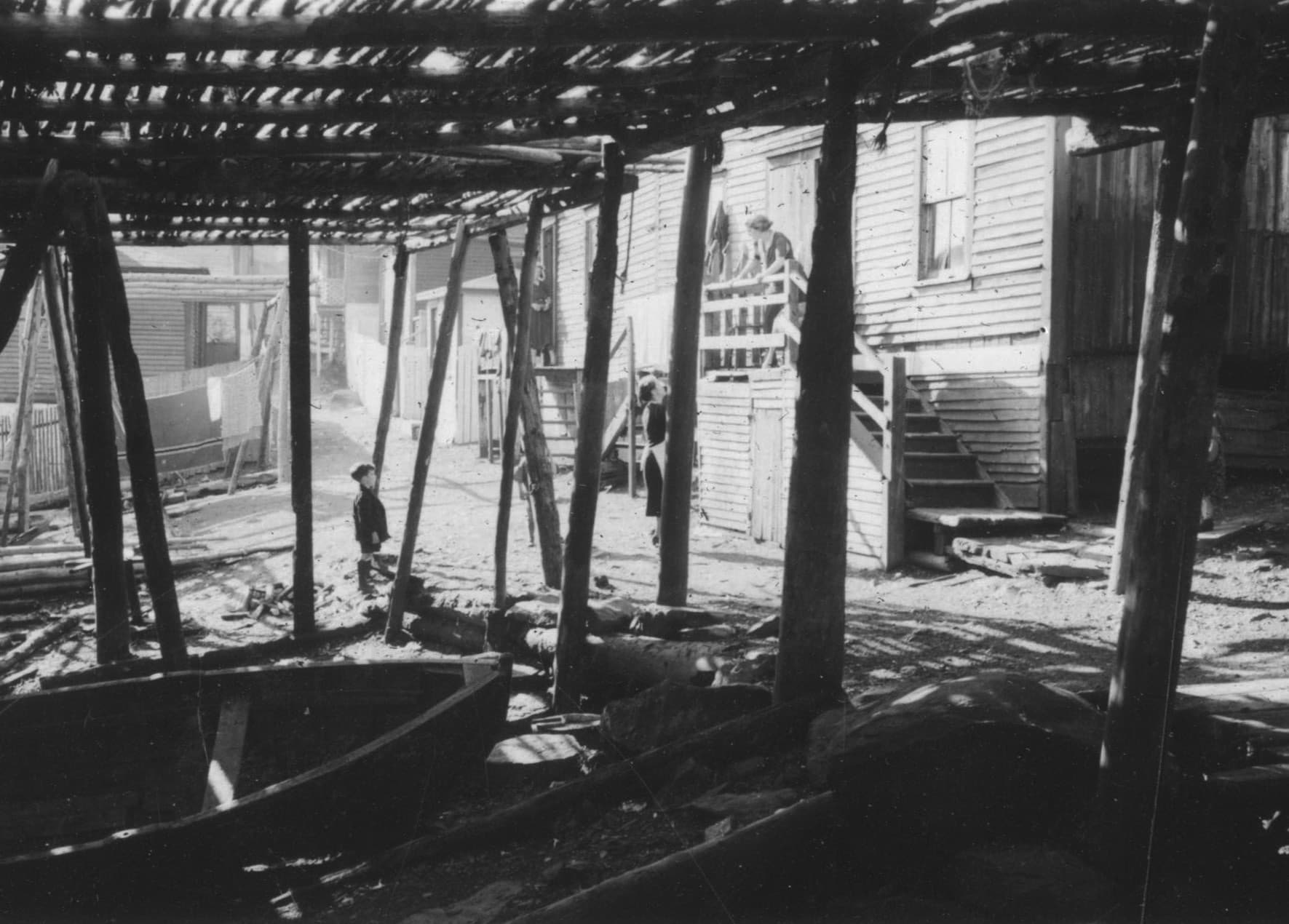Downloads
DOI:
https://doi.org/10.7480/spool.2021.1.5900Keywords:
fishing architecture, coastal settlements, food processing, socio-ecology, Atlantic landscapes, cod fisheries, port architectureAbstract
To what extent can a fish drive specific urban developments? This paper seeks to trace the links between fluctuations in the natural cod resources, the technologies used by fishermen to catch and process the fish, and the development of coastal landscapes and urban forms. The fishing port of Gafanha da Nazaré, near Aveiro on the River Vouga lagoon, is an example of the close relationship between the twentieth-century nationalist cultural construction in Portugal (in which cod fishing played a major role), the development of urban sprawls in new territories (independently from the old urban centres with ties to agriculture) and the fluctuations in the cod populations on the other side of the Atlantic. Despite the somewhat haphazard development of the fishing port between the 1920s and the 1970s, it nonetheless established the territorial dynamics that displaced the centre of local urban developments from the ancient urban core to new territories.
How to Cite
Published
References
Amorim, I. (2001). Aveiro e os caminhos do sal: da produção ao consumo (sécs. XV a XX) [Aveiro and the paths of the salt: from production to consumption]. Municipal Council of Aveiro
Amorim, I. & Garcia, J.C. (Eds.) (2008), A Barra e os Portos da Ria de Aveiro, 1808–1932 [The Barra Canal and the Ports of Aveiro Lagoon]. Aveiro Port Authority.
Baldaque da Silva, A. (1892). O estado actual das pescas em Portugal comprehendendo a pesca marítima fluvial e lacustre, em todo o
continente do Reino, referido ao anno de 1886 [The Actual State of Fisheries in Portugal Comprising the Martime, Fluvial and Lacustre in All the Kingdom Continent Referred to the Year of 1886]. Ministry of the Navy and Overseas Territories.
Cole, S. C. (1990). Cod, God, Country and Family: The Portuguese Newfoundland Cod Fishery, Maritime Studies, 3, no. 1, pp. 1–29.
Coutinho, M. (1985). História da Pesca do Bacalhau: por uma antropologia do “fiel amigo” [History of Cod Fisheries: Towards an Anthropology of the ‘Faithful Friend’]. Editorial Estampa.
Cunha, S. & A. Nazaré Pereira, A. (2018). Évolution Paysagère du Salgado de Aveiro. In Loїc Ménanteau (Ed.), Sels et Salines de l’Europe atlantique [Landscape Evolution of the Aveiro Salt Pans in Salt and Slat Pans of Atlantic Europe]. Pur Editions, pp. 177–82.
Frederico Torlade Pereira d’Azumbuja, J. (1835). Memória sobre a pesca do bacalháo offerecida à Companhia de Pescarias Lisbonense
[Memory of the Cod Fisheries Presented to the Companhia de Pescarias Lisbonense]. Typographia de Desidério Marques Leão.
Garrido, Á. (2003). O Estado Novo e a Campanha do Bacalhau [The Estado Novo and the Cod Fishing Campaign]. Círculo de Leitores.
Garrido, Á. (2007). A pesca do bacalhau: história e memória [The Cod Fisheries: History and Memory]. Editorial Notícias;
Garrido, Á. (2009). Henrique Tenreiro: Uma biografia política [Henrique Tenreiro: A Political Biography]. Círculo de Leitores.
Gascuel, D. (2019). Pour une révolution dans la mer: De la surpêche à la résilience [For a Revolution In the Sea]. Actes Sud.
Gomes, S.A. (Ed.) (2017). Ílhavo: Terra Milenar [Ílhavo: Millenial Land]. Municipal Council of Ílhavo.
Harbron, J.D. (1962, June 30). The Soviet’s Floating City in our Atlantic Waters. Maclean’s. https://archive.macleans.ca/article/1962/6/30/the-soviets-floating-city-in-our-atlantic-waters.
Innis, H. (1940). The Cod Fisheries: The History of an International Economy. Yale University Press.
Kurlansky, M. (1997). Cod: A Biography of the Fish that Changed the World. Walker and Co.
Le Tourneur Atlas. (c.1821). Manuscript Atlas of the French Cod Fisheries of Newfoundland. Memorial University of Newfoundland, Archives and Special Collections, Coll-477.
Lino, R. (1933). Casas Portuguesas: Alguns apontamentos sobre a arquitectura das casas simples [Portuguese Houses: Some Notes on the Architecture of Simple Houses]. Valentim de Carvalho.
Mellin, R. (2003). Tilting: House Launching, Slide Hauling, Potato Trenching, and Other Tales from a Newfoundland Fishing Village. Princeton Architectural Press.
Ribeiro, I (1994). Raul Lino: Pensador Nacionalista da Arquitectura [Raul Lino: Nationalist Thinker of Architecture]. FAUP-publicações.
Roberts, C. (2007). The Unnatural History of the Sea: The Past and the Future of Humanity and Fishing. Gaia.
Soares Franco, F. (1840). História resumida da Companhia de Pescarias Lisbonense [A Concise History of the Companhia de Pescarias
Lisbonense]. Typographia do Gratis.
Taudal Poulsen, R. (2007). An Environmental History of North Sea Ling and Cod Fisheries, 1840–1914. Fiskeri-og Sofartsmuseets Forlag.
Tavares, D. (2018). Casas na Duna: O Chalé do Matos e os palheiros do Furadouro [Houses in the Dune: The Chalé do Matos and the Furadouro palheiros]. Dafne Editora.
Tavares, M. & Couto Duarte, J. M. (2018). O arrendamento social público (1945–1969): Nova escala, novos programas e agentes. In R. Agarez (Ed), Habitação: cem anos de políticas públicas em Portugal, 1918–2018 [Housing: One-hundred Years of Public Politics in Portugal]. IHRU.





